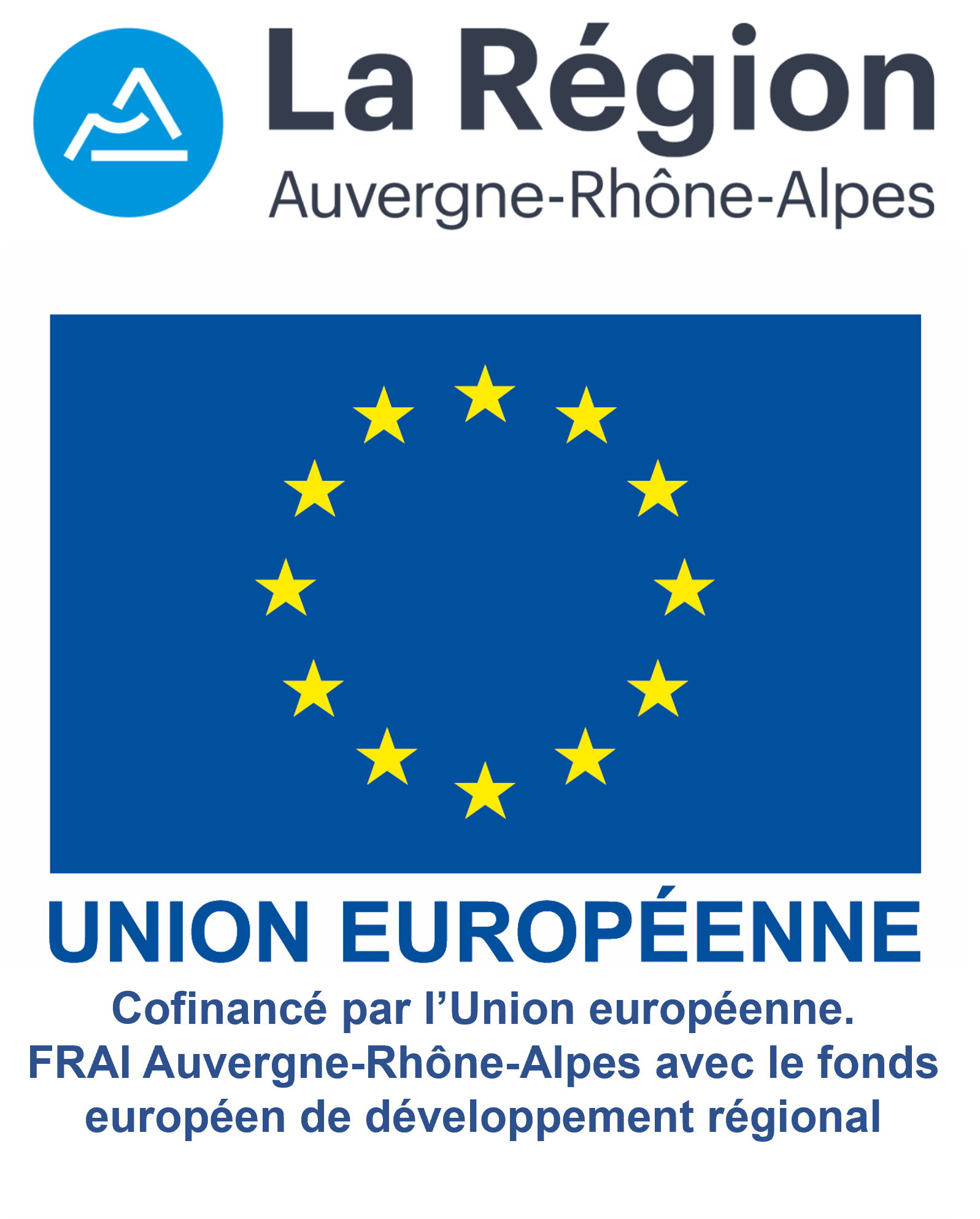

Preeclampsia definition
Pre-eclampsia is a condition that occurs during pregnancy. According to the AHA Journal, “pre-eclampsia affects 5% to 7% of all pregnant women, but is responsible for more than 70,000 maternal deaths and 500,000 fetal deaths worldwide each year”.
It is therefore essential to be able to recognise it in order to treat it.
The link between pre-eclampsia and Covid-19
Like Covid-19, pre-eclampsia can affect the lungs. How does this happen? By causing pulmonary oedema. Although these two pathologies are completely different, the fact that they affect the lungs makes it possible to detect them using an ultrasound probe.
It is therefore more than necessary to have a fleet of probes in good condition. Our TEE probe repair laboratory reminds you that 20 to 25% of ultrasound probes have visible or invisible problems.
Ultrasound, a new weapon!
In 2014, Professor Marc Leone, Deputy Head of the Anaesthesia and Resuscitation Department at the Hôpital Nord de Marseille, said of ultrasound: “It allowed us to quickly assess whether a pre-eclamptic patient had pulmonary oedema and confirm its severity”.
Before
He adds that before this new use of ultrasound: “Doctors very often measured urine output to see if a woman needed intravenous fluids. The problem is that giving fluids to a dehydrated woman increases the risk of oedema.
Another concern: “A low urine flow was supposed to reflect the need for fluid. Whereas a normal urine flow encouraged the avoidance of intravenous fluid in the case of pulmonary oedema. The results proved inaccurate in 50% of cases”.
And now
Now, with the use of ultrasound, “as soon as water appears in the lungs, vertical white lines imitating comet tails can be easily observed. The detection of three or more lines strongly suggests the diagnosis of pulmonary oedema,” says Marc Leone.
The aim
According to Professor Leone and his team, the aim is to “lead to better management of intravenous infusions in patients at risk, thus avoiding the occurrence of respiratory distress”.
